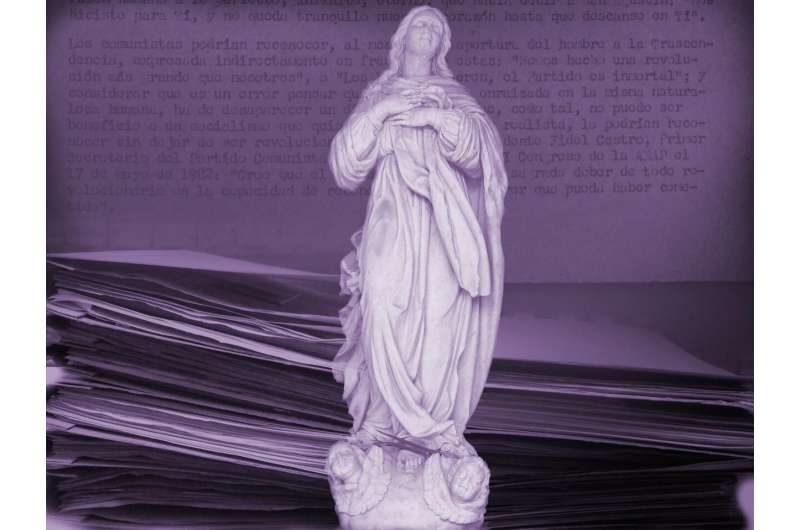Catholic Church in Cuba did not stay on the margins of the revolution

Petra Kuivala's doctoral dissertation in the field of church history brings to the fore previously overlooked histories, narratives and interpretations of the interaction between religion and revolution in Cuba. The findings challenge prior notions of the Catholic Church as an institution that remained silent on the margins of the revolution, without authority and independent agency.
"To a large extent, this insufficient research-based understanding is the result of limited access to archival material. Archives from the period of the Cuban Revolution are not generally open for research purposes; great quantities of historical data make their first appearance in my dissertation," the doctoral candidate says.
According to Kuivala, the role of religion in the Cuban Revolution has been studied little and from restricted perspectives in both international research on Cuba and research on global Catholicism. Religion has also largely been overlooked in the narrative and the historiography of the revolution.
"Prior research has mainly explored the Catholic Church in Cuba as an institution without taking into account the internal complexity of the Church or the multidimensional and complex lived histories of Cuban Catholics in the revolution," Kuivala sums up.
Religion not separate from the Cuban Revolution
Kuivala's doctoral dissertation discusses religion in the Cuban Revolution on the basis of pioneering work carried out in Cuban archives dating back to the revolution and fieldwork carried out in Cuba in 2014-2017. Thanks to the fieldwork, Kuivala had the opportunity to explore archives that were previously closed to researchers. She was the first international scholar to examine Catholic archival sources from the period of the revolution.
According to Kuivala, the presence of religion in the revolution and the communist society presents an interesting paradox. The connections between religion and revolution have been particularly visible in the everyday life of Cubans.
"The archival material and the interviews I conducted shed light on Cuban Catholic experiences of life in the revolution. Many Cubans have lived their lives at the intersection of religion and revolution, alongside the official structures of the church institution and revolution. Cubans, both Catholics and communists, have encountered each other in schools, at work, in residential neighbourhoods and on the streets. Histories of lived religion are in fact histories of the revolution, while religion is also present in the revolution."
Provided by University of Helsinki


















